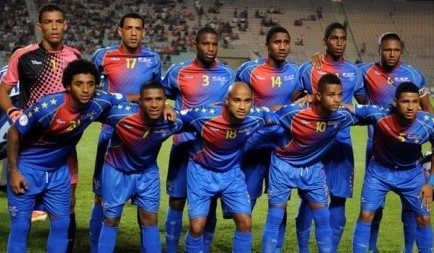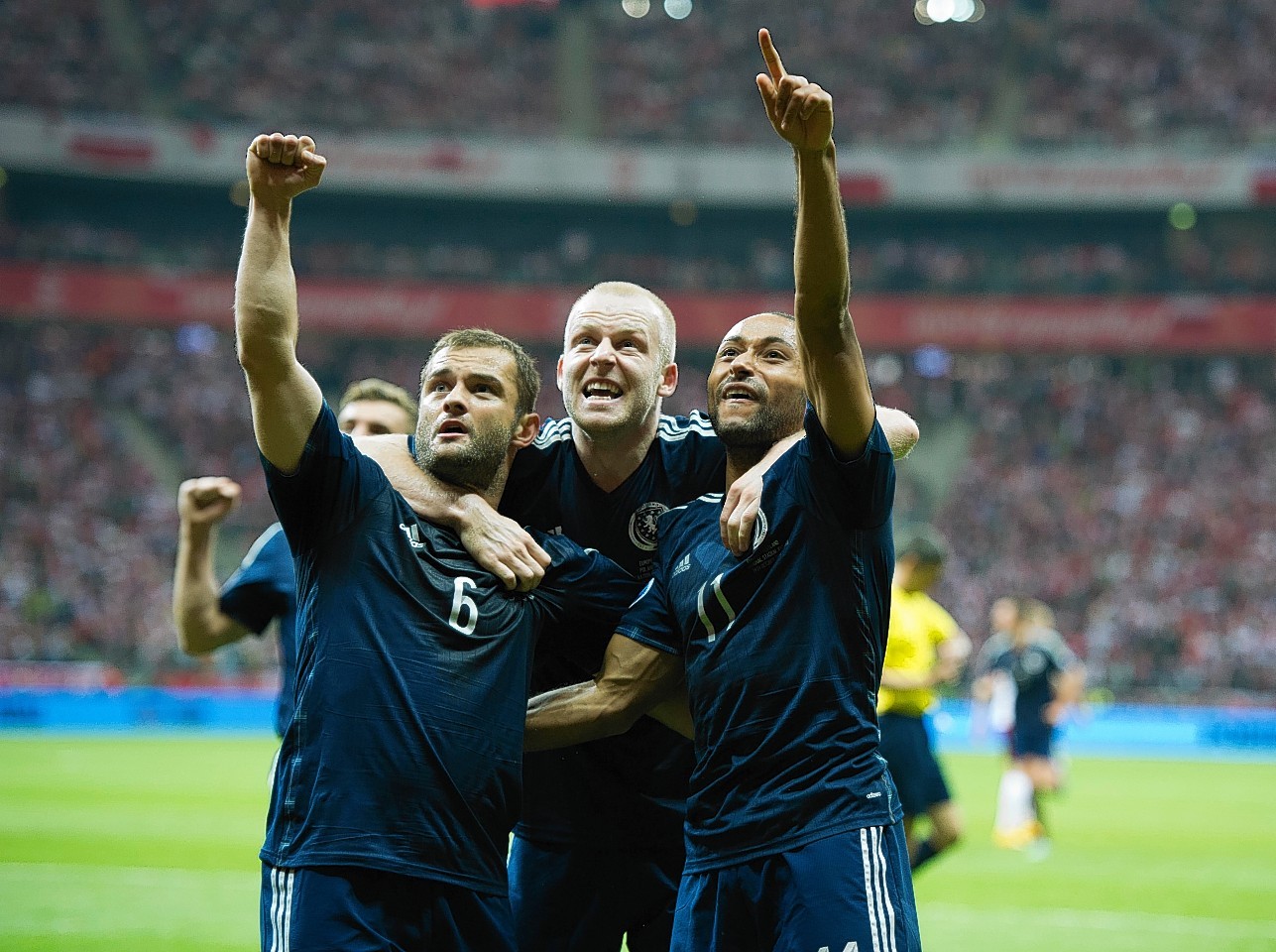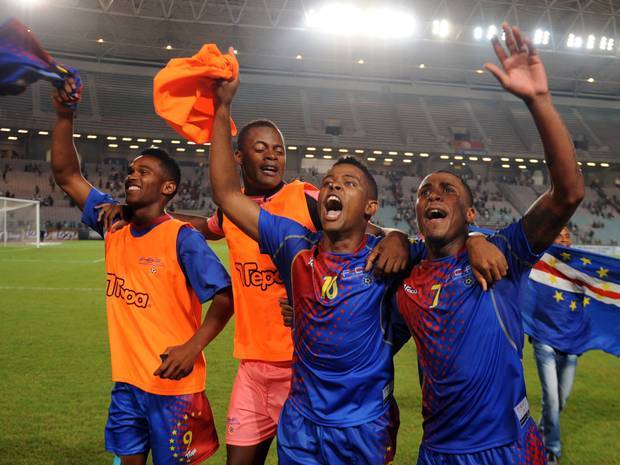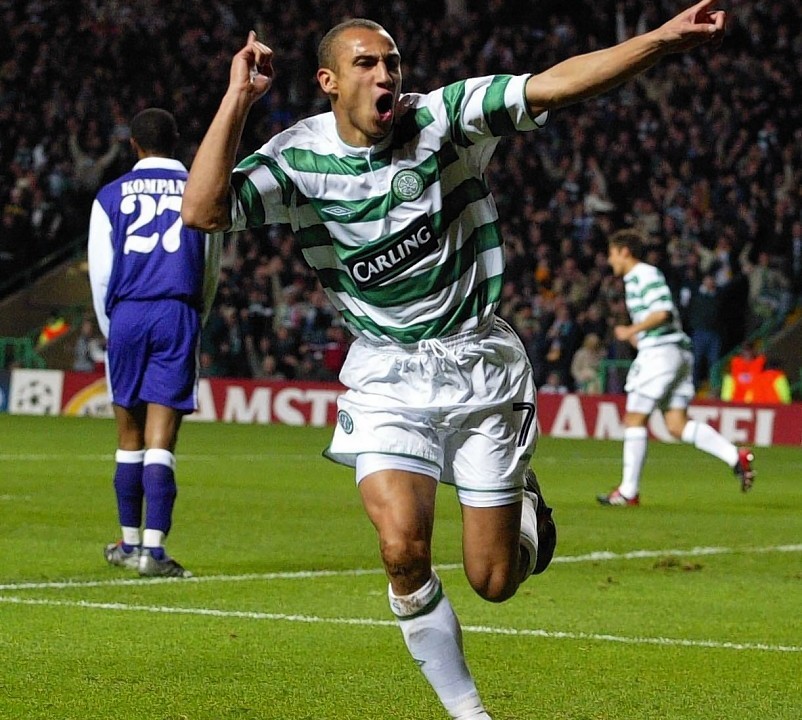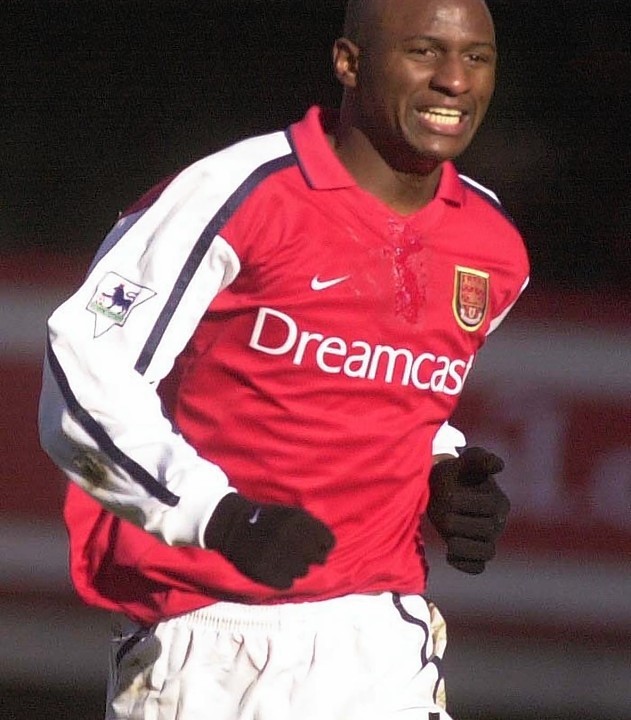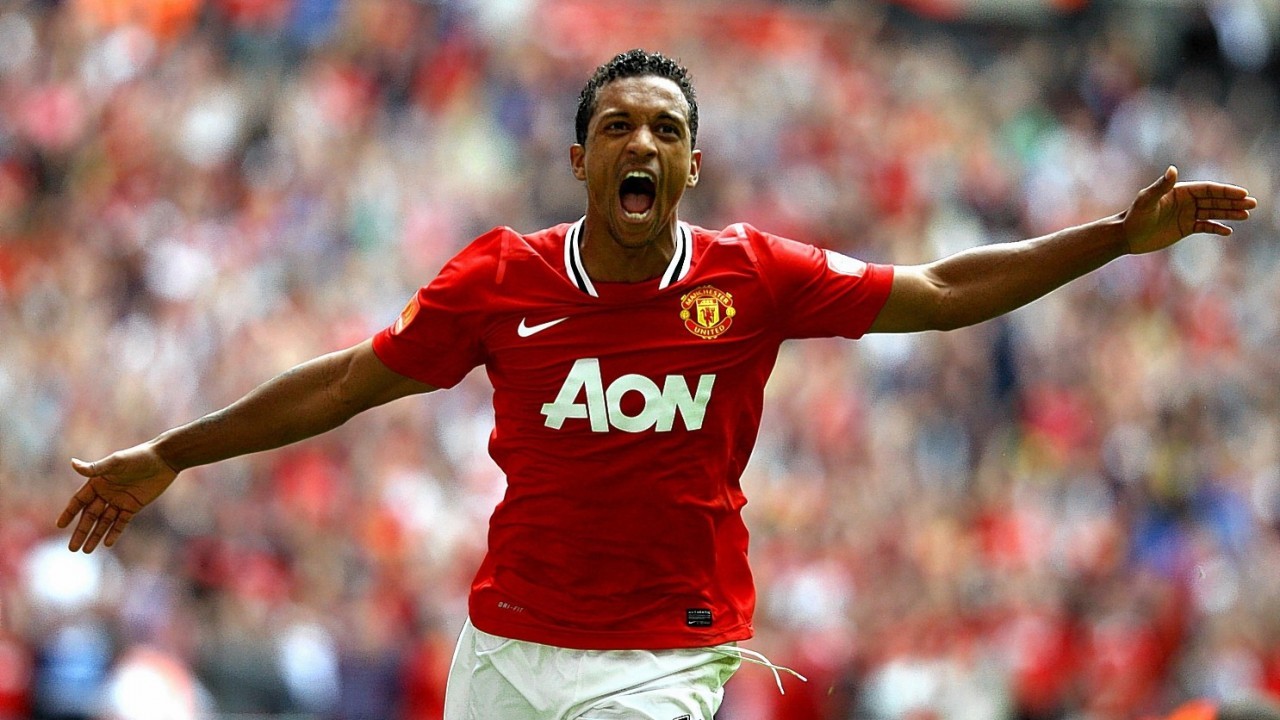In 1998, when Scotland last qualified for a World Cup, the Cape Verde Islands were ranked 167th in the world.
Now, in 2015, Gordon Strachan has helped bring a feel good factor back to the national team, yet somehow we find ourselves behind the Cape Verde Islands in FIFA’s latest world rankings… How did that happen?!
Over Scotland’s last 11 matches we have won six, drawn three and lost just two – the narrow defeat in Germany against the world champions and the November friendly loss against England being the only defeats.
During that period Strachan has turned the fortunes of the team with a strong finish to the World Cup qualifying campaign and a bright start to the Euro 2016 qualifying campaign.
Wins in Macedonia, Poland and Norway, as well as a further draw in Poland and home wins over Croatia, Georgia and Ireland got us all feeling good about our national team and thinking we were onto a good thing.
Only to be brought back down with a bump today with the news that we aren’t actually quite as good as the African island minnows.
A quick straw poll in the office found that a fair few were surprised to hear the Cape Verde Islands even had a football team. While admittedly that says more about the ignorance of our office than anything else, it does highlight the fact that the Islands are far from one of the most renowned of the African international sides.
So how do the Cape Verde Islands, with a population of little over 500,000, find themselves above us in the world rankings?
On January 7, 1979, Cape Verde (or the Blue Sharks as they are known in African footballing circles) played their very first international football match, falling to a 3-0 loss at the hands of Guinea-Bissau.
Cape Verde’s football association was then formed in 1982, and joined FIFA in 1986.
The team have gradually improved ever since those first few steps – so much so that, alongside Algeria, they were the first team to qualify for the 2015 Africa Cup of Nations, after defeating Mozambique 1–0 at home.
While Scotland have won five, drawn four and lost just two of our last 11 matches, the Cape Verde Islands have done the exact same.
The only difference between the records is that the Blue Sharks 11 games included their time at the African Cup of Nations, while our 11 matches were only qualifiers and friendlies.
Why are Scotland below the Cape Verde Islands in the rankings? The truth is our recent improvement has simply coincided with the most recent improvement of a national team that has been improving ever since it came into existence in 1979.
The truth is, things could have been even better for Cape Verde, they can lay claim to a number of top players over recent years, including Henrik Larsson, Patrick Viera and Luis Nani.
Larsson’s father is from Cape Verde, as is Viera’s mum, while Nani himself was born there before moving to Portugal.
Obviously Larsson and Vieira starred for Sweden and France while Nani remains one of Portugal’s top players but things could have all been so different had they opted to dive into the Blue Sharks team.
Perhaps rather than questioning why Cape Verde are one place ahead of us in the rankings we should just be grateful they are not further in front!
